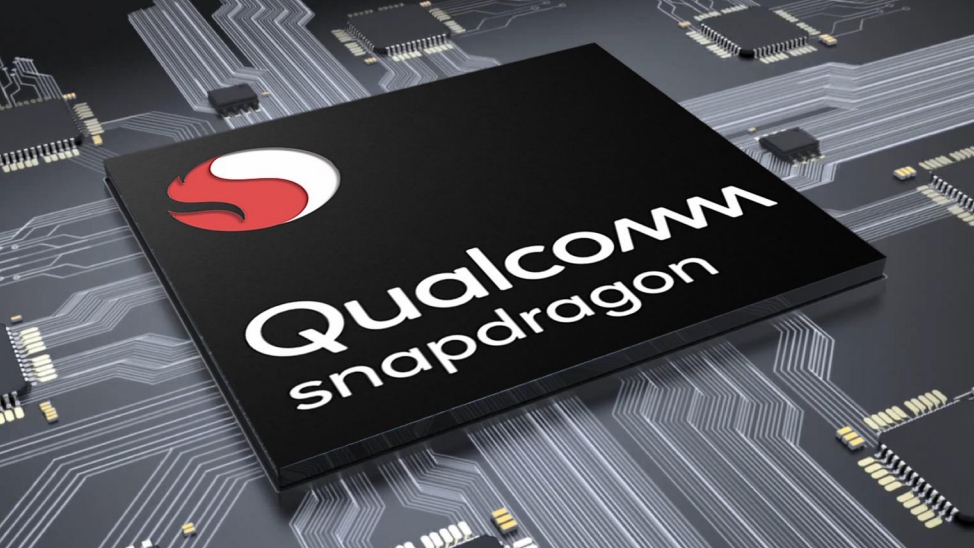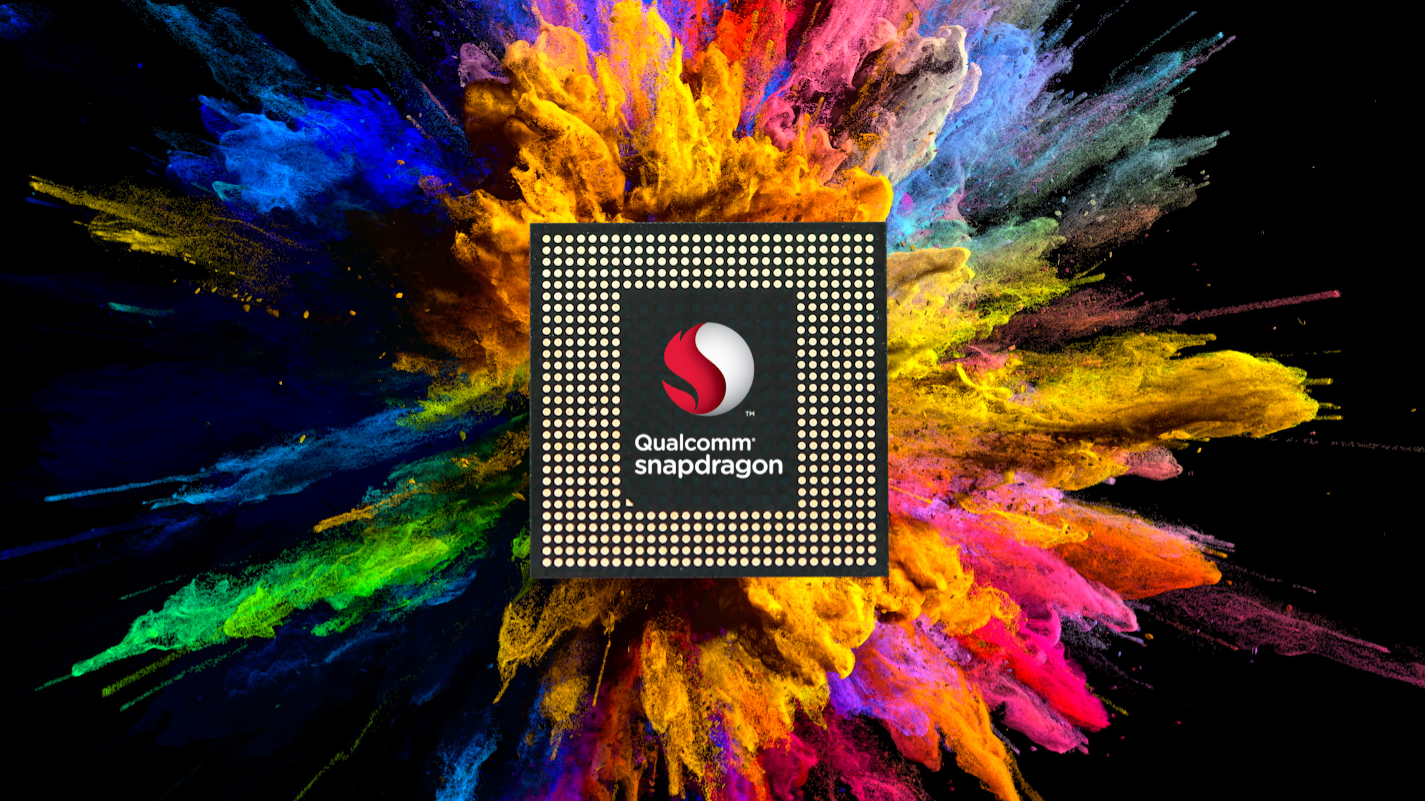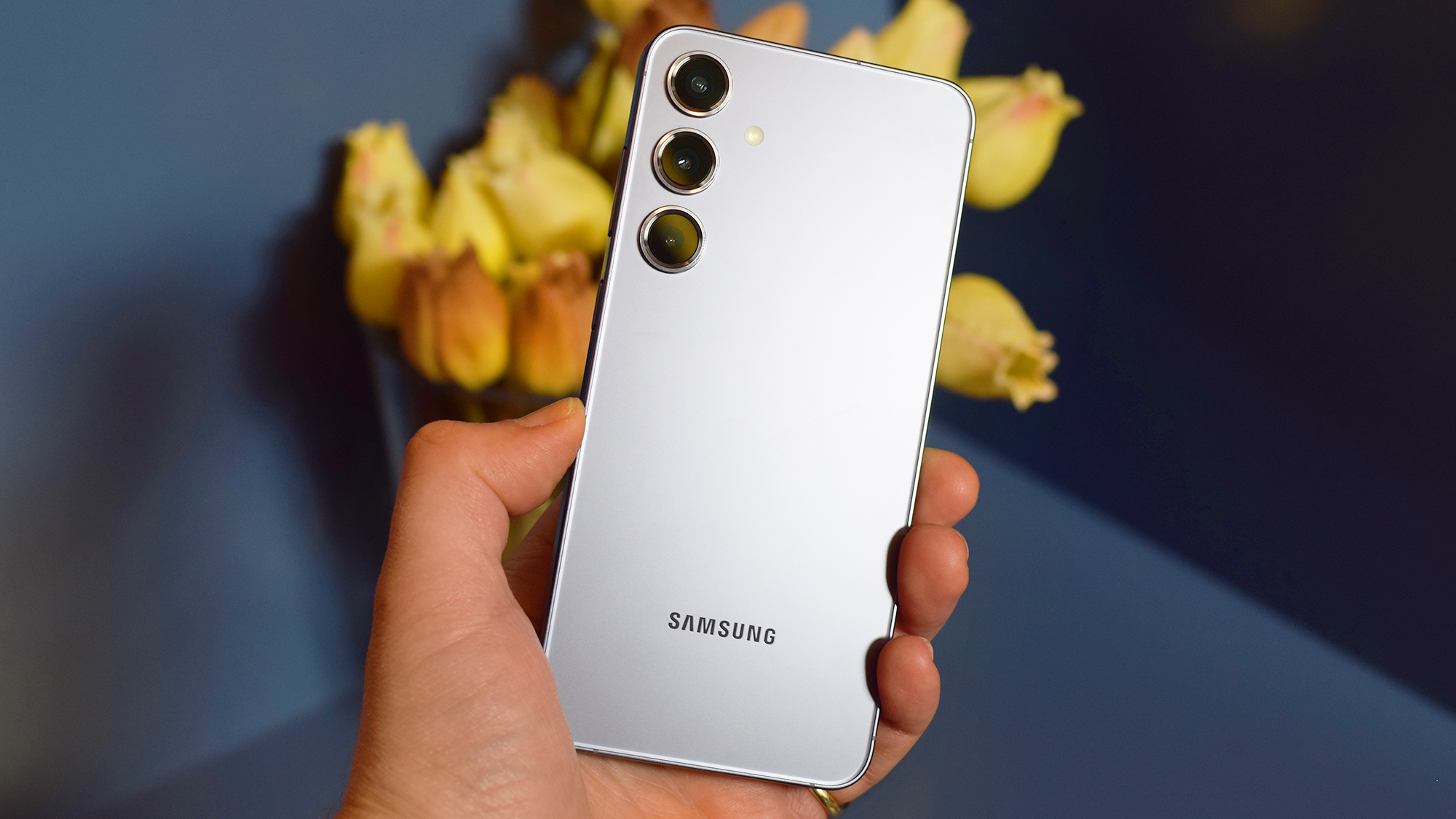Snapdragon 8 Gen 4: what to expect from Qualcomm's next flagship chipset
This could be an exceptionally powerful chipset

If you buy one of next year’s best Android phones, then chances are it will be equipped with a Snapdragon 8 Gen 4 chipset.
This chipset hasn’t been unveiled yet, but Qualcomm’s Snapdragon chipsets power most of the top Android handsets, and in 2024 we’ve seen the Snapdragon 8 Gen 3 in the likes of the Samsung Galaxy S24 Ultra (along with the other Samsung Galaxy S24 models in some regions), the OnePlus 12, the Xiaomi 14 Ultra, and more, with numerous other phones expected to use it too.
So the next generation of this chipset is a big deal, and it’s sure to be extremely powerful. If you want an idea of just how powerful, what that might mean for 2025’s phones, and which handsets are likely to use it, read on.
The Snapdragon 8 Gen 4 could cost 20% more than the 8 Gen 3.
Cut to the chase
- What is it? Qualcomm's next flagship mobile chipset
- When is it out? Sometime in October
- How much will it cost? It will be found in flagship phones
Snapdragon 8 Gen 4: potential release date
The Snapdragon 8 Gen 4 will be announced at the Snapdragon Summit in October, as confirmed by the company itself in a post on X (formerly Twitter).
We don’t know the exact date of the Snapdragon Summit yet, but for reference, last year’s was held from October 24 to October 26.
Of course, you’ll probably be waiting a while after that before any phones ship with the Snapdragon 8 Gen 4. But there’s a good chance that at least a couple of phones will launch with it before the end of the year – though possibly initially only in China, much like the Xiaomi 14 and OnePlus 12 landed in China last year with the Snapdragon 8 Gen 3, before going global early this year.
As for the price, that will of course be baked into the cost of the phones it's in, but it could push the price of those phones up, as Qualcomm itself has said the Snapdragon 8 Gen 4 is likely to cost more than the Gen 3, and a leak suggests the Gen 4 could cost around $40 (roughly £30 / AU$60) more. We've also heard elsewhere that the Snapdragon 8 Gen 4 might cost around 20% more than its predecessor.
Get daily insight, inspiration and deals in your inbox
Sign up for breaking news, reviews, opinion, top tech deals, and more.
Snapdragon 8 Gen 4: news and leaks
Qualcomm itself has revealed in a video on X that the Snapdragon 8 Gen 4 will have a “supercharged” Oryon CPU, and that it will have an improved neural processing unit (NPU), the latter of which should boost its AI capabilities.
The Oryon CPU isn’t a new thing, having previously appeared in the Snapdragon X Elite chipset. But this chipset was designed for laptops, so bringing that sort of power to mobile sounds impressive.
Qualcomm has also previously said that the company is aiming to deliver “astonishing levels of performance” with the Snapdragon 8 Gen 4, and that as a result it’s likely to cost more than the Snapdragon 8 Gen 3 – meaning phones equipped with it might also cost more.
Leaks certainly suggest the performance might impress, with one source claiming that the Snapdragon 8 Gen 4 might be clocked at up to 4.0GHz. For reference, the Snapdragon 8 Gen 3’s fastest core is clocked at 3.30GHz (or 3.39GHz in the Snapdragon 8 Gen 3 for Galaxy variant), so this would make for a huge increase.
In fact, it might be an even bigger increase, as another leaker claims that the Snapdragon 8 Gen 4 will be clocked at up to 4.3GHz, and that it can achieve a single-core score of around 3,500 on Geekbench.

However, we’d take this clock speed, and the resulting scores, with a pinch of salt, as the power draw for a 4.3GHz clock speed would likely be too high to be viable for a smartphone.
Indeed, another benchmark leak provides more conservative results, with a post on a Vietnamese forum (spotted by 91Mobiles) pointing to a 2,845 single-core score and a 10,628 multi-core result.
We've also more recently seen a single-core Geekbench result of 3,011 and a multi-core result of 9,706.
For comparison, the Snapdragon 8 Gen 3-powered Samsung Galaxy S24 Ultra tends to score in the region of 2,200-2,300 for single-core and 6,500-7,000 for multi-core, and even the iPhone 16 Pro Max scores around 3,386 for single-core and 8,306 for multi-core.
So even if one of the more conservative leaks above is accurate, that should make the Snapdragon 8 Gen 4 significantly more powerful than the Gen 3, and could have the A18 Pro-powered iPhone 16 Pro Max beat for multi-core results.
But it’s not just the clock speed that might be high here, we’ve also heard that there’s a chance the Snapdragon 8 Gen 4 will support LPDDR6 (Low-Power Double Data Rate 6) RAM, which is expected to debut later this year, and is faster than the RAM currently used in phones. If it does support this, then that should particularly aid on-device AI capabilities.
Finally, the Snapdragon 8 Gen 4 will probably be paired with a Snapdragon X80 5G modem. This has already been announced and it’s the successor to the X75 used by the Snapdragon 8 Gen 3.
The X80 has a dedicated 5G AI processor, which essentially makes it smarter – letting it figure out the best masts and 5G bands to connect to at any given time for example. It should also be capable of higher data speeds than the X75, while being more power efficient.
Snapdragon 8 Gen 4: supported phones

We don’t know for sure what phones will use the Snapdragon 8 Gen 4, but based on past form we can take some good guesses. The following handsets are all expected successors to phones that use, or are likely to use, the Snapdragon 8 Gen 3, so there’s a good chance they will use the Gen 4:
The Samsung Galaxy S25 series, Samsung Galaxy Z Fold 7, Samsung Galaxy Z Flip 7, OnePlus 13, Xiaomi 15 line, Sony Xperia 1 VII, and Sony Xperia 5 VII. That’s not a complete list, but it includes the most high-profile handsets we’re expecting to use the Snapdragon 8 Gen 4. But really, the majority of high-end Android phones released in 2025 probably will.
There are some exceptions though. While we mentioned the Galaxy S25 line here, the standard Samsung Galaxy S24 and the Samsung Galaxy S24 Plus only use a Snapdragon chipset in some parts of the world (primarily the US), with other regions getting an Exynos chipset, so the same might happen with the S25.
Or perhaps nowhere will get an S25 equipped with a Snapdragon 8 Gen 4, as one leak suggests Samsung will go all-in on Exynos with the Galaxy S25 line.
We also don’t expect any Google Pixel phones to use the Snapdragon 8 Gen 4, since Google equips these phones with Tensor chipsets. And of course, you won’t find an iPhone using it either, as Apple develops its own A-series chipsets.
You might also like
- The most anticipated phones of 2024
- Best phones: top smartphones in the US right now
- Best Android phones: top Google-powered phones for every budget
James is a freelance phones, tablets and wearables writer and sub-editor at TechRadar. He has a love for everything ‘smart’, from watches to lights, and can often be found arguing with AI assistants or drowning in the latest apps. James also contributes to 3G.co.uk, 4G.co.uk and 5G.co.uk and has written for T3, Digital Camera World, Clarity Media and others, with work on the web, in print and on TV.